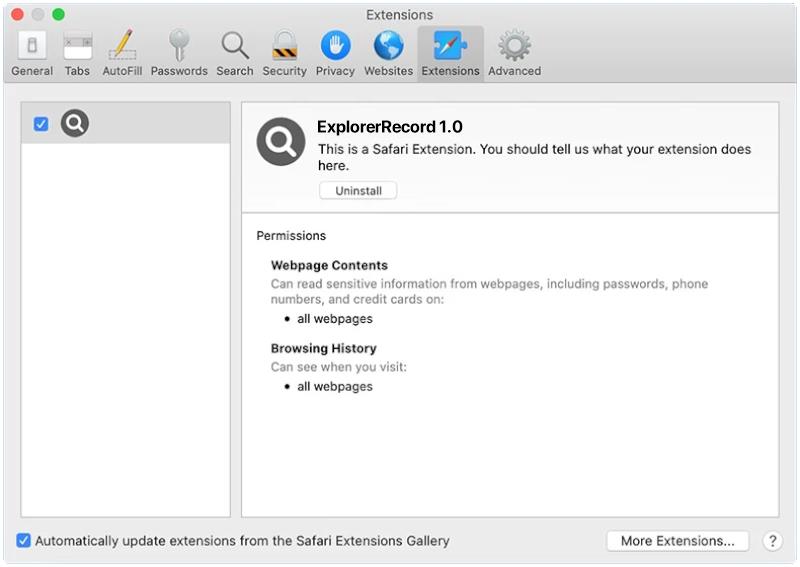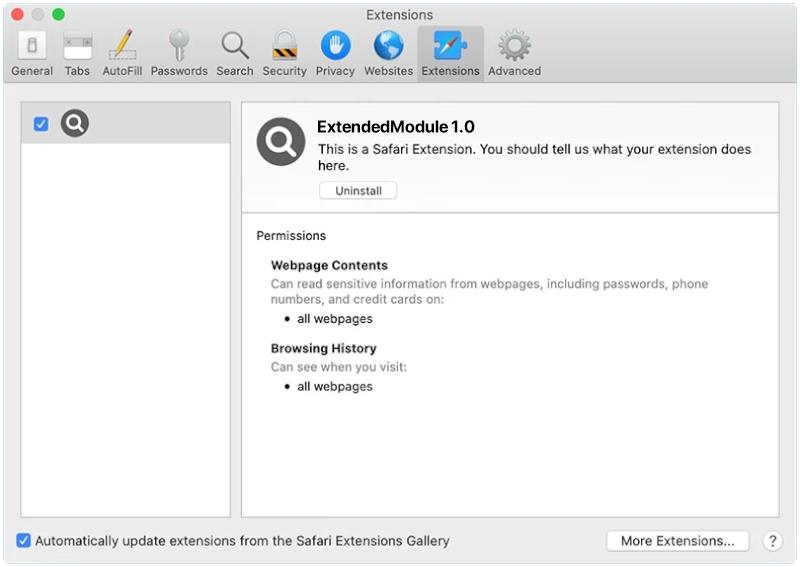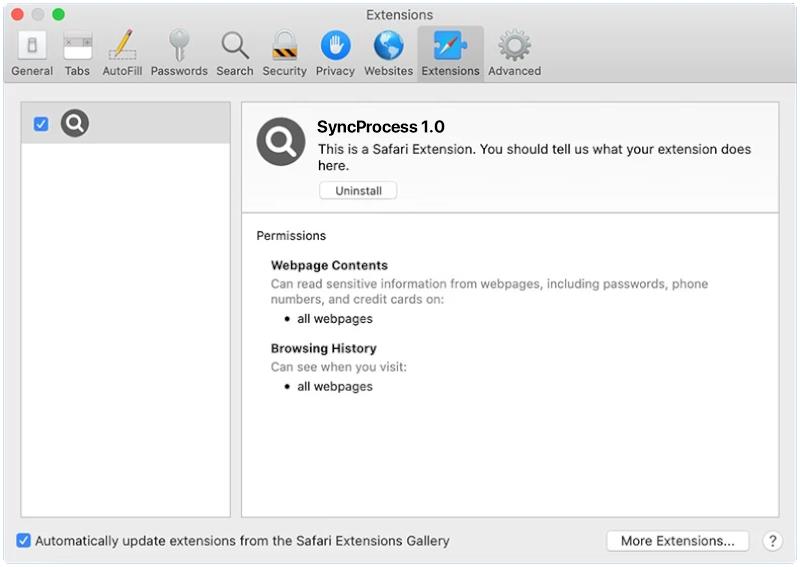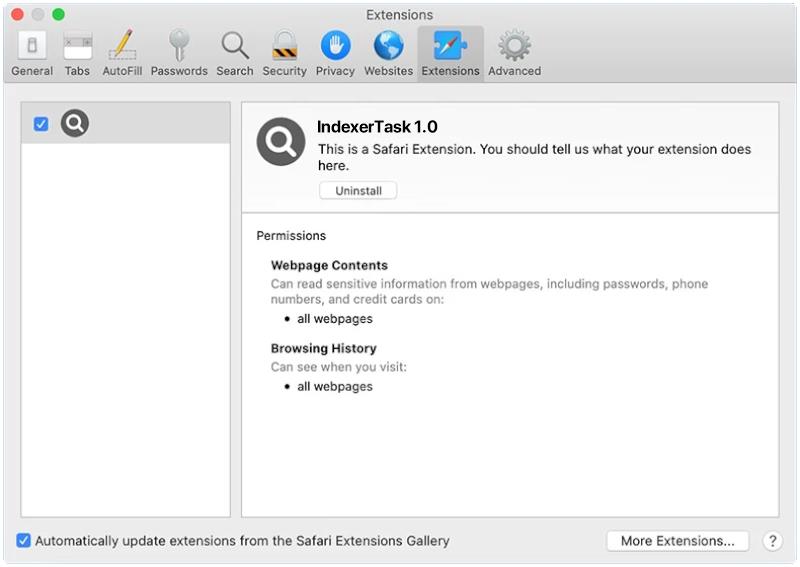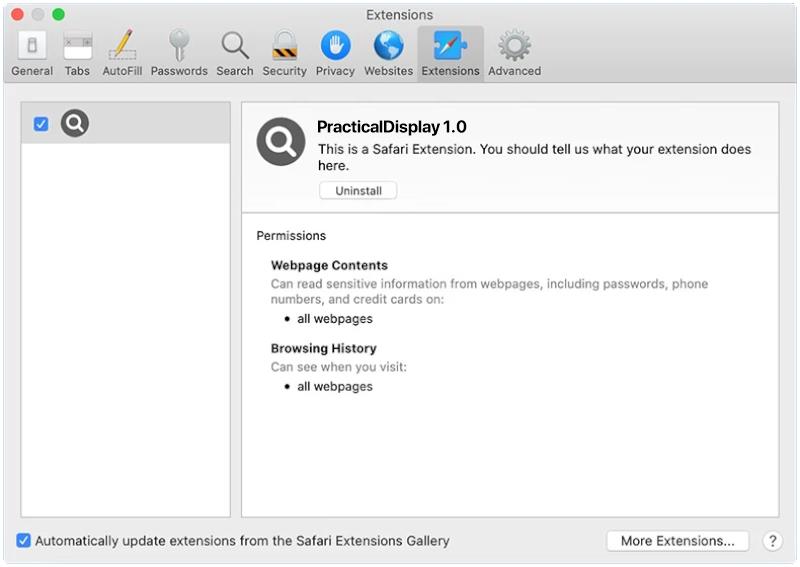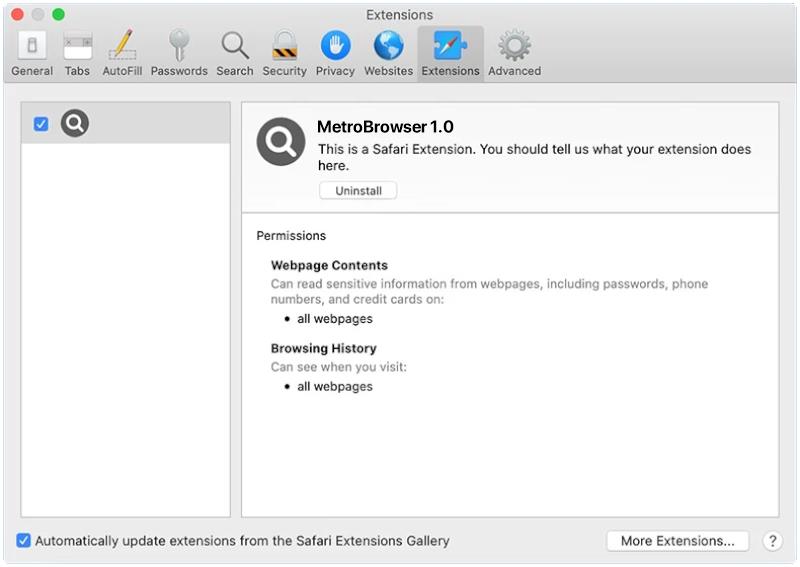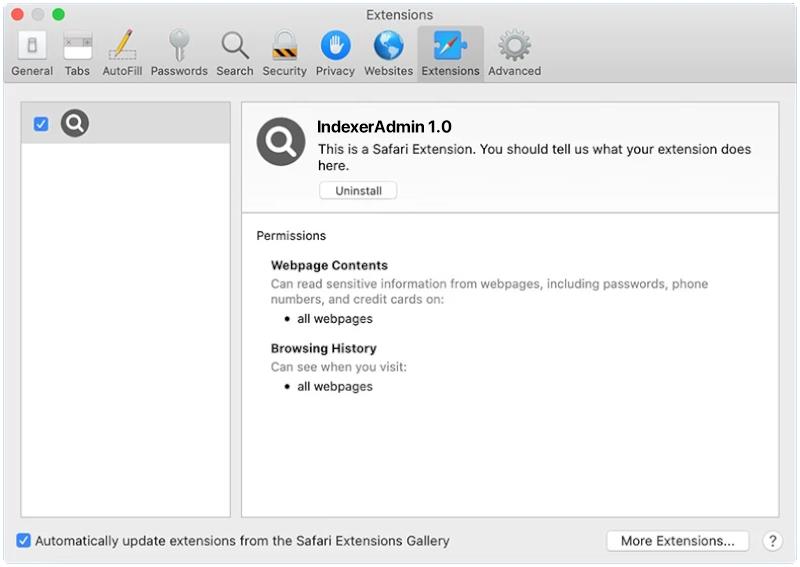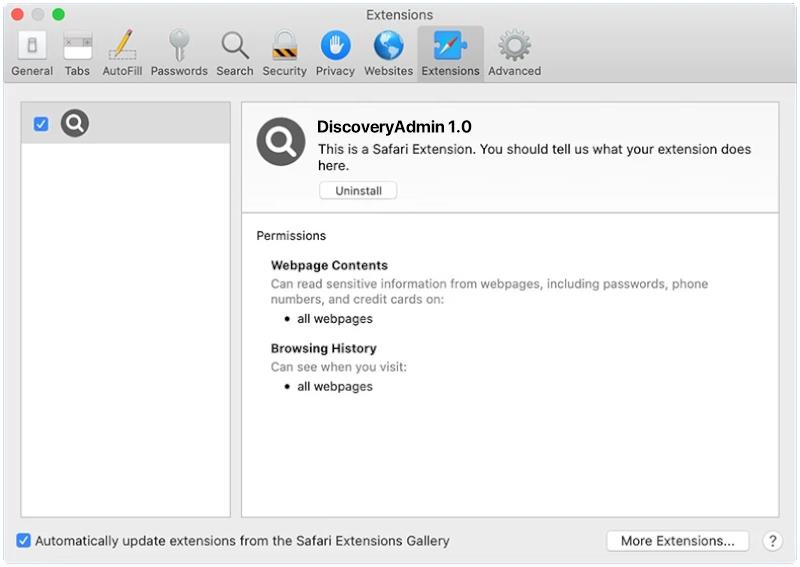ExplorerRecord is a type of malware that specifically targets Mac computers. It is designed to infect and take control of a user’s system, allowing cybercriminals to remotely access and steal sensitive information such as passwords, financial data, and personal files. ExplorerRecord is often spread through phishing emails, malicious websites, or infected software downloads.
Once a Mac computer is infected with ExplorerRecord, the malware can start collecting data in the background without the user’s knowledge. It can also install additional malicious software, create backdoors for cybercriminals to access the system, and even use the infected computer to launch attacks on other devices. ExplorerRecord can be difficult to detect and remove, making it a serious threat to Mac users who may not have adequate security measures in place.

